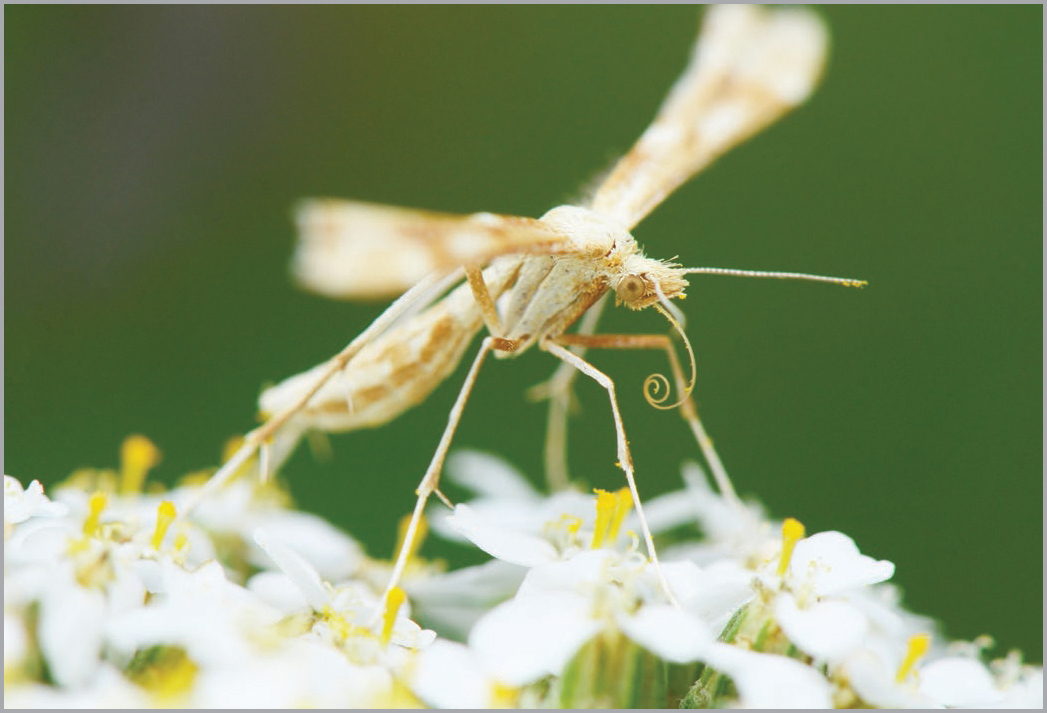

Acknowledgments
I would like to thank the Connecticut Department of Energy and Environmental Protection for their consent and support in my endeavors to photographically document various protected species in Connecticut. Dr. Michael W. Klemens and Melanie Bachman for unrestricted access to their beautiful Connecticut properties, a nature photographer's dream. Laurie Klein for her expert comments and unwavering support of my photography career. Jessica Marshall for text review and editorial comment. Erin Manion, consulting graphic designer, for her digital reconstructions of lighting diagrams and subject staging. William Moorhead, consulting botanist, for his assistance with the identification of select flower species. Joseph A. Rizzo for his technical assistance in the construction of aquatic rearing tanks for various amphibian larvae. Len Rizzo Jr. for technical lighting assistance. Nicole Cudzilo for not only her tireless contributions in postproduction of images, editorial review, comments, and overall conceptual frameworkbut for me, most importantly, being the most influential person in my photography career. Nicole has always been my unwavering supporter, teacher, and technical critic, encouraging my photography even during times when I've contemplated putting the camera down. For that, I owe her my deepest gratitude and thanks. And, finally, my parents for their continued support and encouragement in all my lifelong endeavors. Raising a herpetologist comes with a unique set of challenges and they couldn't have done a better job. There is no greater gift in life than parents with unwavering love, encouragement and support. Thanks, Mom and Dad.
Copyright 2016 by Dennis Quinn.
All rights reserved.
All photographs by the author unless otherwise noted.
Author photograph by Nicole Cudzilo.
Published by:
Amherst Media, Inc., P.O. Box 538, Buffalo, N.Y. 14213
www.AmherstMedia.com
Publisher: Craig Alesse
Senior Editor/Production Manager: Michelle Perkins
Editors: Barbara A. Lynch-Johnt, Beth Alesse
Associate Publisher: Kate Neaverth
Acquisitions Editor: Harvey Goldstein
Editorial Assistance from: Carey A. Miller, Sally Jarzab, John S. Loder
Business Manager: Adam Richards
ISBN-13: 978-1-68203-078-3
Library of Congress Control Number: 2016931526
10 9 8 7 6 5 4 3 2 1
No part of this publication may be reproduced, stored, or transmitted in any form or by any means, electronic, mechanical, photocopied, recorded or otherwise, without prior written consent from the publisher.
Notice of Disclaimer: The information contained in this book is based on the authors experience and opinions. The author and publisher will not be held liable for the use or misuse of the information in this book.

www.facebook.com/AmherstMediaInc
www.youtube.com/c/AmherstMedia
www.twitter.com/AmherstMedia
AUTHOR A BOOK WITH AMHERST MEDIA!
Are you an accomplished photographer with devoted fans? Consider authoring a book with us and share your quality images and wisdom with your fans. It's a great way to build your business and brand through a high-quality, full-color printed book sold worldwide. Our experienced team makes it easy and rewarding for each book soldno cost to you. E-mail today!
Table of Contents
Guide
Contents



D ennis Quinn is a Connecticut native who grew up just outside the city limits of New Haven. His interest in the natural world stems back to his early childhood days, when he spent much of his time observing wildlife in the field.
Dennis earned a Master of Arts degree from Central Connecticut State University in Ecology and Environmental Science and shortly thereafter founded an environmental consulting firm (CTHerpConsultant, LLC) that specializes in amphibian and reptile research, conservation, and preservation.
He is active in environmental education through his Adjunct Instructor position at Naugatuck Valley Community College, where he teaches General Zoology and Field Biology.
Combining his scientific career with photography, Dennis also created www.ctherpetology.com, a website that serves as a photographic atlas for the identification of Connecticuts amphibians and reptiles. Capturing images that ignited interest and questions from viewers, Dennis quickly realized the value of photography in his pursuits of conservation, and now shoots the macro-world to shed light on the astounding species diversity that surrounds our daily life.
Dennis actively displays his photographs in galleries, nature centers, and art festivals and has been published in various wildlife magazines, newspapers, educational pamphlets, and scientific documents. He is active on social media and has won image awards in online gallery contests.


 Magicicada septendecim
Magicicada septendecim
A s its name suggests, the 17-year periodical cicada emerges only once every 17 years. Therefore, the larvae from the 2013 east coast brood, pictured here, will not emerge as adults until the year 2030.
Understanding Your Subject
A tricky insect to photograph, cicadas are predominantly fossorial. The larvae of various species spend 2 to 17 years, on average, underground feeding off the sap in plant roots.
Locating Your Subject
Locating cicadas requires some basic detective skills coupled with enduring patience. To locate a calling population, start your search with your ears and become familiar with the sounds that male cicadas make while enticing females. Once an active population is audibly identified, attempt to locate a pre-molt nymph on nearby trees and shrubs. You will likely encounter the exoskeleton remains (exuvia) of nymphs that have previously molted and since flown away. Do not handle the molting nymphs as they can be easily damaged during this fragile life-stage. Locating cicadas at night is often easier, but it poses the increased challenge of nighttime photography.
Shooting Your Subject & Photographic Process
The facing-page image was shot from a tripod with the camera positioned 2.1 feet away from the subject at a slight upward angle, allowing the sky and distant horizon to serve as the image background.
Capturing multiple individuals on a single blade of grass was important to clearly elucidate the mass emergence, which characterizes the periodical cicadas. As a biologist, I was elated to document the preflight behavior of these insectsas well as to highlight their brilliant red eyes and orange venation of their forewings. This image shows how macrophotography can easily serve the dual purpose of scientific documentation and artistic expression.




















